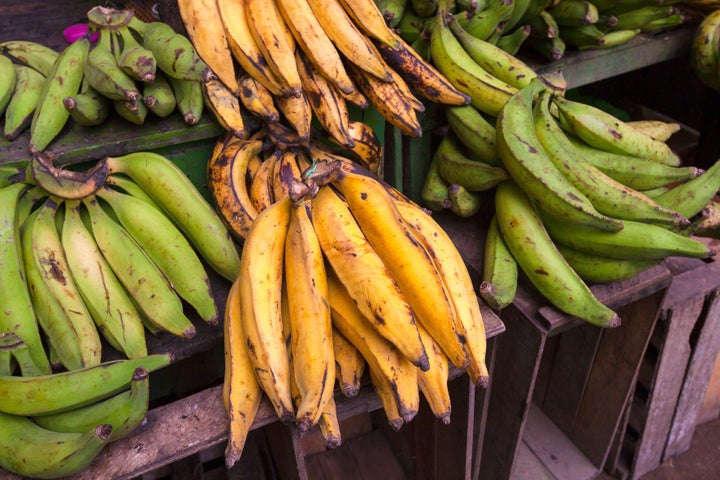
Look, if you’ve ever battled bad soil, underperforming crops, or yellow patches on your lawn, I get it; hacks seem tempting.
And while some, like tomato tapping and deadheading, seem to offer results, unfortunately, others (like a viral bee rescue post) should be approached with caution.
Such is the case with a much-viewed banana water trick. One TikTok on the topic has racked up 24,900 likes and over 773,000 views; another stands at more than 120,000 views and boasts 4,662 likes.
So, we thought we’d share the (reasonable, but incomplete) logic behind the hack, and offer some alternatives instead.
Don’t throw the baby out with the (banana) water
The hack doesn’t work, for reasons we’ll get into later. But the reasoning behind it is actually sound.
The theory goes that some soils, and therefore some of the plants that grow on them, are lacking in potassium. The nutrient is great for plants like tomatoes, peppers or flowers ― and bananas have a fair bit of the stuff.
So, to nourish your plants, some recommend leaving banana skins to soak in water for three days or more, straining the liquid, and watering your lawn with it. Voila – you’ve got some potassium-rich feed that can fix your garden’s ills, the theory goes.
“Banana peels also contain calcium, which prevents blossom end rot in tomatoes,” the Cape Gazette says.
So far, so reasonable, right?
What’s the problem, then?
Well, a couple of things.
First of all, you can’t release the potassium from banana skins using water alone. Instead, you need to break down the skins through fungi or microbes (i.e. via composting) ― simply placing them in a load of water for three days or more won’t cut it.
Additionally, nitrogen isn’t the only nutrient that counts. Other important macronutrients include nitrogen and phosphorus, which the banana water won’t contain ― so the (minimal) potassium your soil will get from the peel-infused liquid won’t be supported by other helpful additions.
Then, there’s the problem of pesticides. Most commercially grown bananas have had their peels sprayed with insect-deterring chemicals, like chlorpyrifos, which could, in theory, affect your plants. This might be a particular concern with edible plants, like herbs.
So, what should I do instead?
It’s a good idea to test your soil, and then consider buying a specially formulated fertilizer to nourish it. This way, you can tell exactly how much of each nutrient you need rather than blindly throwing nutrients at it.
And if you want to compost your banana skins, that’s a pretty great idea for your garden, too. Homes & Gardens’ head of gardens, Beth Murton, shared that slicing the bananas up before composing is best – ” Although it won’t do any harm to simply throw whole banana skins in your compost pile or bin, they will decompose much faster if you chop them into smaller pieces first,” she says.
Whatever you do, though, step away from the banana water...